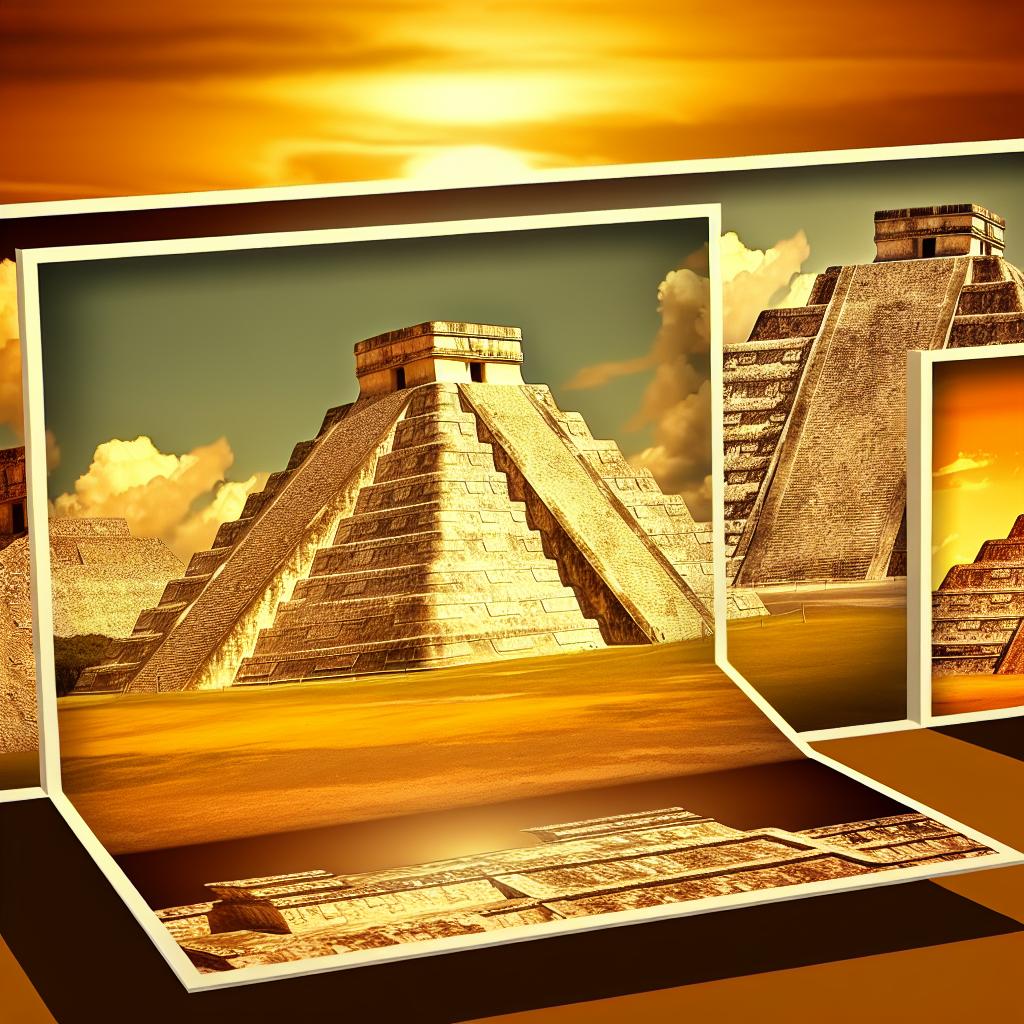Introduction to Archaeological Sites in Mexico
Mexico is home to some of the most significant archaeological sites that offer insights into ancient civilizations, including the Maya, Aztec, and other indigenous cultures. Among these sites, Chichen Itza and Teotihuacan stand out due to their historical importance and architectural grandeur. Their significance is further emphasized as they serve as a window into the past, providing clues about the social, political, and spiritual life of ancient communities in this region.
Chichen Itza
Located in the Yucatán Peninsula, Chichen Itza is one of the most well-preserved and renowned Maya cities. It was a major urban center from approximately 600 AD to 1200 AD. The site offers a glimpse into Maya civilization through its complex of ruins, each with distinct historical and cultural significance. The blend of architectural styles at Chichen Itza reflects the diverse influences that this city experienced throughout its history.
The Pyramid of Kukulcán (El Castillo) is arguably the most iconic structure at Chichen Itza. This step pyramid is dedicated to the feathered serpent deity, Kukulcán. A fascinating aspect of this pyramid is the way it demonstrates the Maya’s advanced understanding of astronomy. During the equinoxes, the setting sun casts shadows that resemble a serpent descending down the pyramid’s steps. This event draws thousands of visitors annually, eager to witness the play of light and shadow that showcases the Maya’s sophisticated grasp of celestial phenomena.
The site’s importance extends beyond the Pyramid of Kukulcán. The Great Ball Court is another spectacular feature, renowned for being the largest and most impressive of its kind in Mesoamerica. Here, the Maya played a ceremonial ballgame that had significant ritual importance. The details of the games and their outcomes are still a topic of research and fascination for historians.
Adjacent to these is the Temple of the Warriors, identified by its grand stairway flanked by several hundred columns, each adorned with a warrior figure. This temple harkens back to the political and military might of the city. In conjunction with other structures, such as the Cenote Sagrado—a natural sinkhole used for rituals and offerings—these elements illustrate the blend of sacred and practical life in Maya culture.
Teotihuacan
Situated roughly 30 miles northeast of modern-day Mexico City, Teotihuacan is another key archaeological site. Though its original builders are unknown, the city’s influence was widespread by 1st century AD, with its peak around 500 AD. The rise and fall of Teotihuacan present an enigma that captivates archaeologists and historians to this day, offering layers of complex history to decode.
Teotihuacan is most famous for its two large pyramids, the Pyramid of the Sun and the Pyramid of the Moon. These massive structures demonstrate the engineering prowess of the civilization that built them. The alignment and symbolism integrated into their design suggest a sophisticated comprehension of both urban planning and cosmological significance. Visitors to Teotihuacan can walk along the Avenue of the Dead, a major thoroughfare that connects the pyramids and other important structures such as the Temple of Quetzalcoatl.
The Temple of Quetzalcoatl, or Temple of the Feathered Serpent, is intricately decorated with symbolic carvings and is part of the site’s larger complex known as the Ciudadela. This area hints at the religious and administrative functions that the city likely upheld.
The layout and construction of Teotihuacan show a highly organized society with a strong central authority. City complexes like the Apartment Compounds reveal social stratifications and interactions within the city’s populace. Archaeologists continue to uncover artifacts and structures that offer new insights into the city’s role in Mesoamerica. Investigations continue to explore how Teotihuacan managed resources, practiced religion, and interacted with neighboring cultures across the region.
Preservation and Access
Both Chichen Itza and Teotihuacan are UNESCO World Heritage sites, recognized for their cultural and historical significance. Preservation efforts in these areas are crucial to protecting invaluable archaeological treasures that could otherwise be lost to time. Strict guidelines and conservation programs are in place to ensure that these magnificent sites are maintained for future generations.
Furthermore, both sites are vital to the local economy, attracting scholars and tourists alike. Managing tourist access while preserving the integrity of the sites is a delicate balance. Technological advancements and archaeological research go hand in hand to help with restoration techniques and protective measures. Tourists often find value-added experiences such as guided tours, educational programs, and interactive exhibits to enhance their understanding of these revered sites.
For more information on how to visit these sites, you can check resources provided by UNESCO for Chichen Itza and UNESCO for Teotihuacan for guidelines and insights. These resources can provide details on travelling to the sites, exploring them respectfully, and understanding the political and cultural frameworks that are required to protect such world treasures.
Conclusion
Chichen Itza and Teotihuacan are more than mere historical relics. They represent a continuum of human achievement, a story of civilizations that flourished through keen adaptation and creativity. These sites are just two examples of the many archaeological wonders in Mexico. Each site uniquely constructs a narrative that complements our understanding of the past, offering us a deeper appreciation of the societies that once populated this region.
For anyone keen to explore history, standing amidst the ruins of these ancient cities can be an enlightening experience. These places serve as outdoor museums, rich with accounts of human endeavors and the mysteries they hold yet to be unraveled. Whether you are a history enthusiast, a curious traveler, or a student of archaeology, these sites provide a tangible connection to the ancient past and a testament to human ingenuity and creativity. They urge us to consider the complexities of human civilizations and their legacies, echoing the stories of those who walked the earth long before us.







